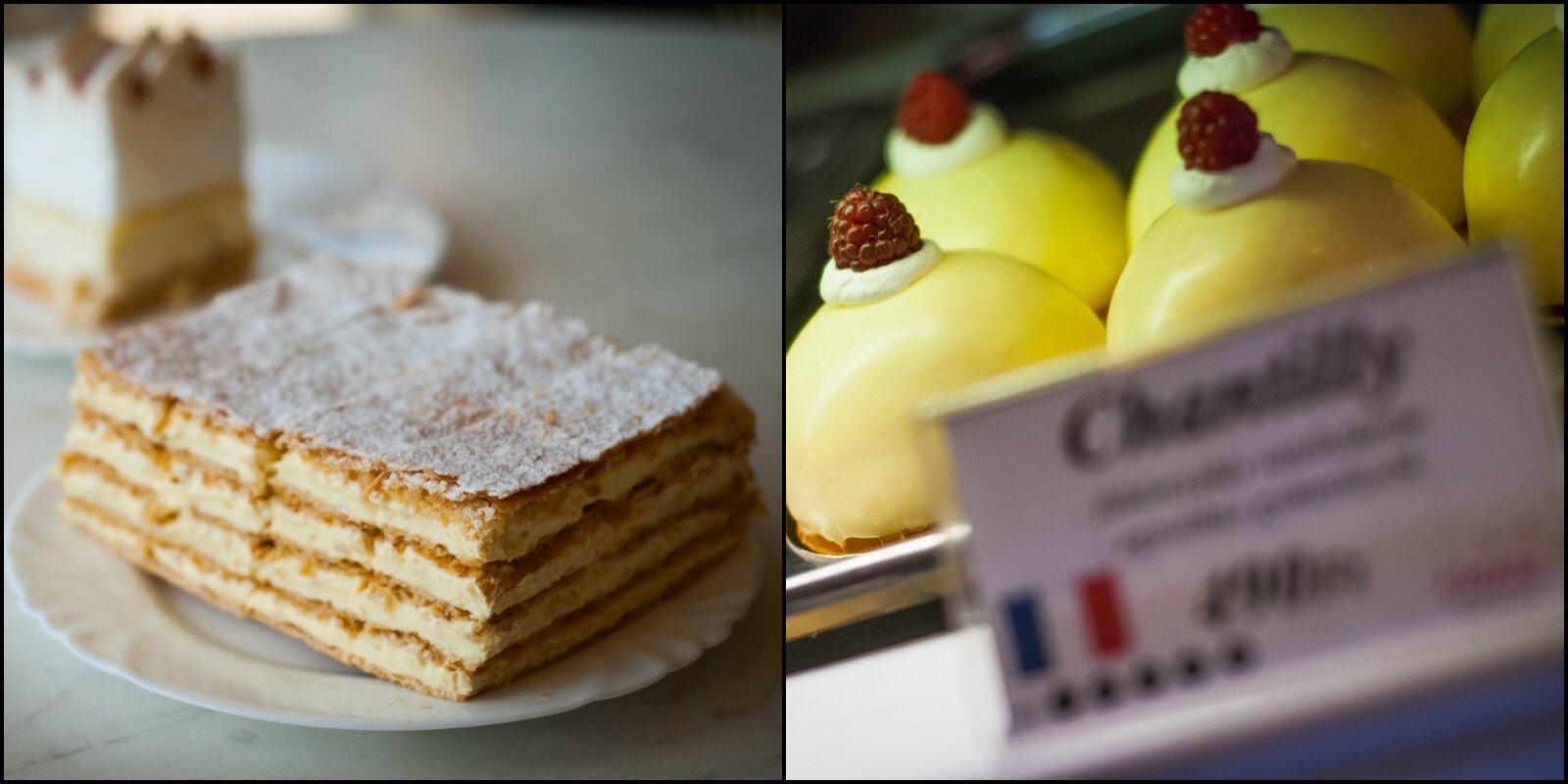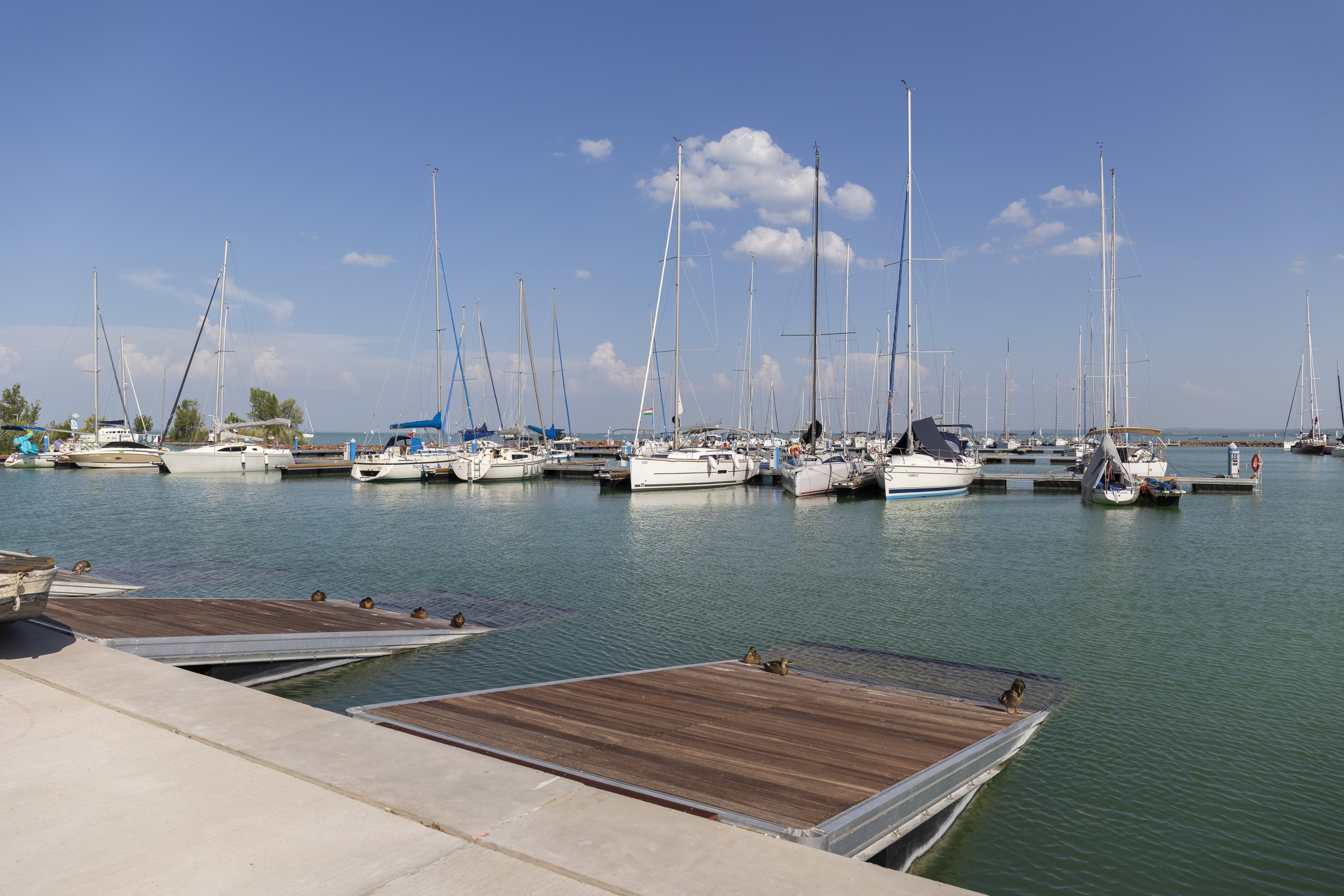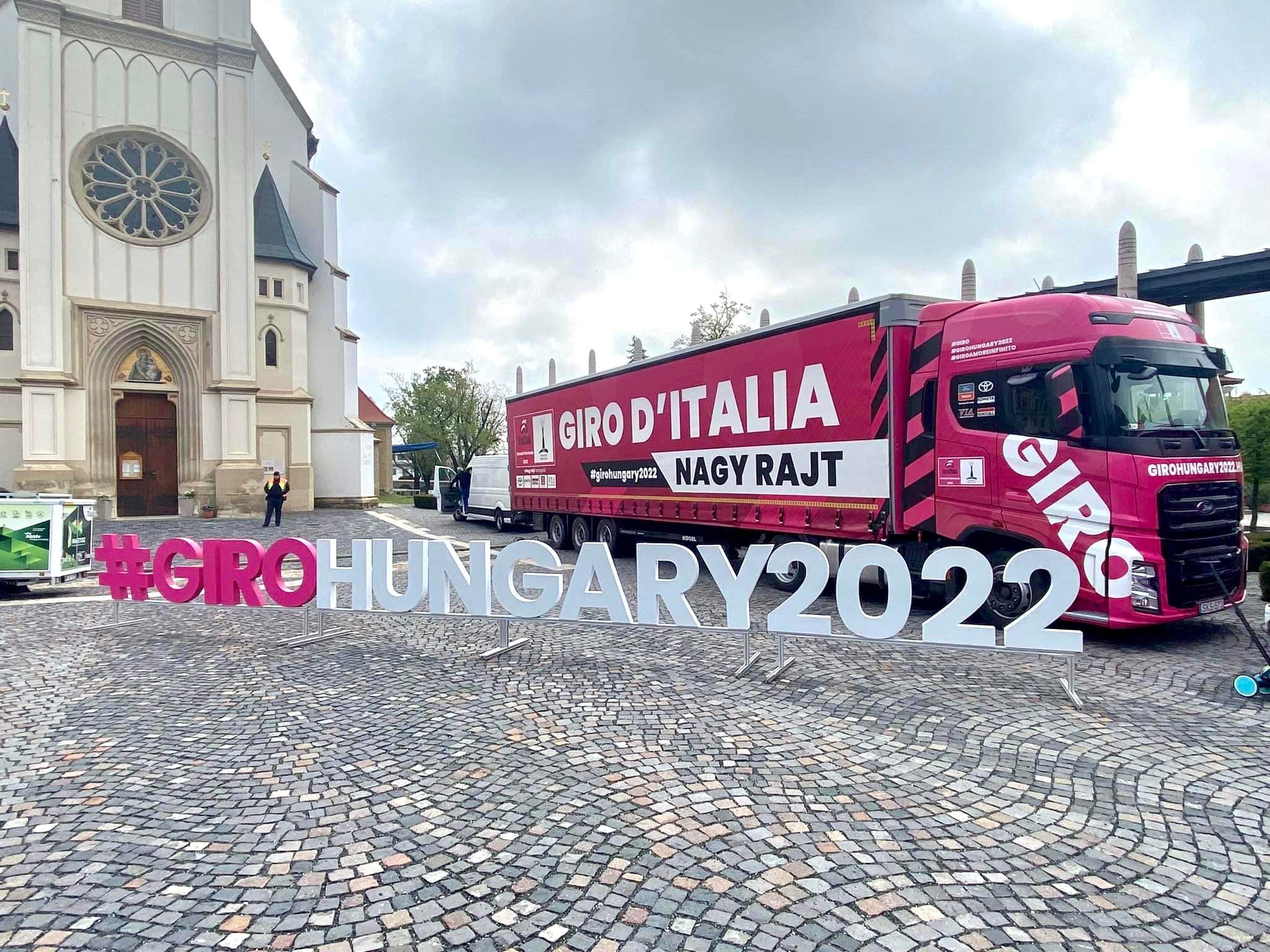On my way to Geleta, I was deep in thought, pondering what the name meant, and, above all, how it was pronounced. Upon arrival, I found out immediately that it's actually a last name, and that the shrine of sweetness set up in the gold-coloured building is a family enterprise. It was hard to resist the temptation to grab a seat at a secluded table and find solace in the three kinds of cream the triple Belgian chocolate cake is filled with after mispronouncing the name in all ways possible, but in the end I got over my embarrassment and concentrated on Geleta’s history instead.

It all began in a tiny shop, and the first six months were such a struggle that the Geletas almost hung up their palette knives. But then came winter and with it – paradoxically – a turn of luck. The clientele began to grow gradually, and Geleta 1.0 became more and more crowded with each passing year. It was time to take the business to the next level and start a new chapter by moving to the current, golden-hued headquarters.

The selection of products represents a synthesis of the past, current trends and personal favourites, while the ars poetica is the result of marrying traditions with the new wave. Geleta offers unmissable classics (Hungarian honey cake, Sacher, “French” krémes, Ischler, Hungarian cream puff) as well as foreign delights from France and Italy (white chocolate and vanilla cream Chantilly with exotic fruit, La Mora with milk chocolate and blackberries), but all the prices are set in the 300-500 HUF region. In terms of ice cream, the combination of fruity flavours (red grape, cantaloupe, caramel with pear, sour cherry, lemon) and more extreme creations (Mars, sunflower) dominate the palette.

Naturally, everything is home-made and the endorphin bombs are assembled on the spot; what is more, the workshop in the back produces chocolate bars and jams, and even lollipops in the wintertime. Health buffs will be happy to hear that paleo treats are also available – if cavemen could steal Marty McFly’s DeLorean, they would surely come here to have desert after their mammoth steak. Many make the pilgrimage here from all corners of the country in hopes of satisfying a sweet tooth, and now we too understand why.

An acute ice cream overdose and a filling conversation later, we were overcome by a feeling of nostalgia as we were trying to get out of the car in the car park of Márton Confectionery, established in ’79, in an attempt to continue increasing our waistline to rival that of Obelix. Not the nostalgia of greasy pans, mullets, Classic Ladas, theme songs of DDR porn movies, crazy chest hair and Symphonia cigarettes; it’s the kind that you feel when you go through old family photos: pleasant, familiar, soothing.

The feeling grew even stronger as we were sitting behind the counter crammed with cakes, even though Mr Márton was trying to convince us that the only thing special about the confectionery is that it’s not special at all. They only use natural ingredients, the cream is home-made, the (organic) fruit grows in the back garden and butter and eggs are the two most important components of their “old school” pastries. Margarine, powders and chemicals that can turn ice cream into spray foam are such huge taboos that they are collectively referred to as “you-know-whats”. Mr Márton takes inspiration from the past – from old cookbooks –, and this reverence of tradition is reflected by the range of products as well.

The counter is filled with biscuits we loved so much at grandma’s (Linzer cookies, scones, cheese bows), strudels, traditional cake slices (Esterházy variations, strawberry cardinal slice, lúdláb, Orosz torte) and cakes that have previously won the “Cake of Hungary” distinction (Somló Revolution, Milota honey-walnut cake) – all of them are within the 300-500 HUF price range. One cake that deserves special mention is Lellei álom (Lelle dream), which sums up the town's essence in one slice.

The ice creams are a bit more experimental and inspired: apart from the usual flavours, you can choose Főnök kedvence (Favourite of the boss), two kinds of Kinder variations, Mókuscsók (Chipmunk kiss) and sea buckthorn, and a frozen version of the genius loci also exists, of course.
As I stand with my eyes fixed on the cakes before we leave, a lady comes up to the counter and says she’ll take four or five of every cake available – most likely not only because of numerological reasons. People are slowly returning from the beach, with kids being a prominent demographic represented in the queue snaking in front of the cake display cases. It’s funny how what I can see before me proves that Mr Márton was not telling the truth: this establishment is special indeed!




